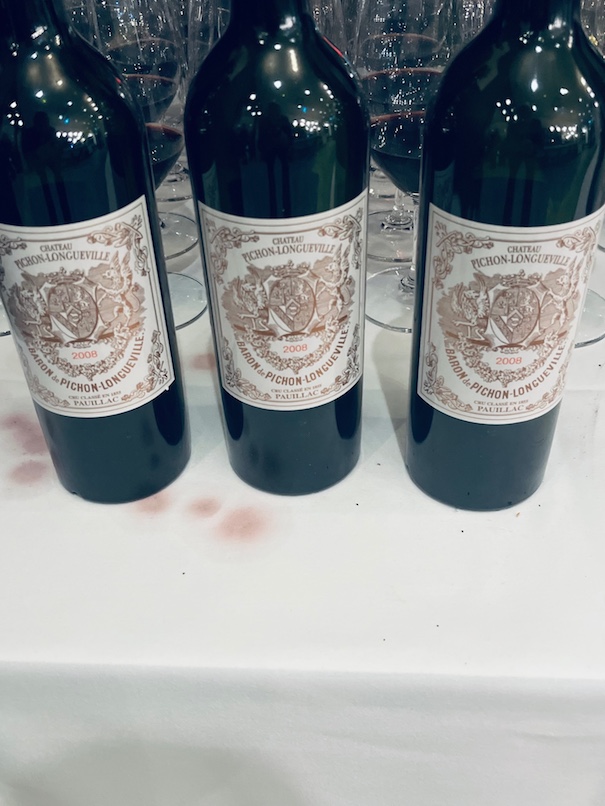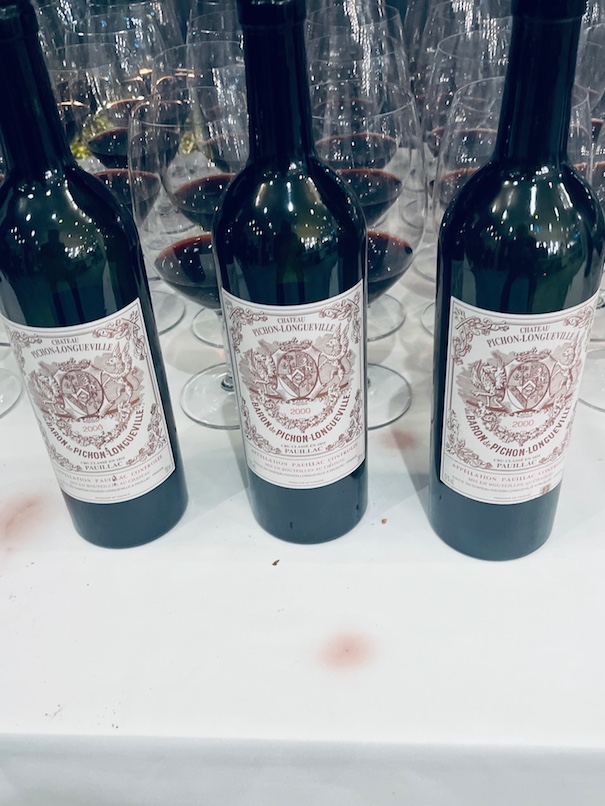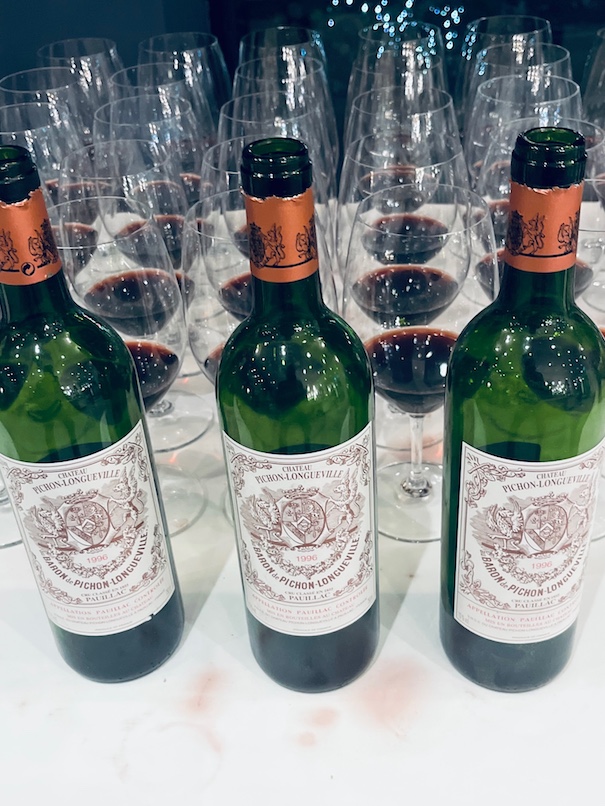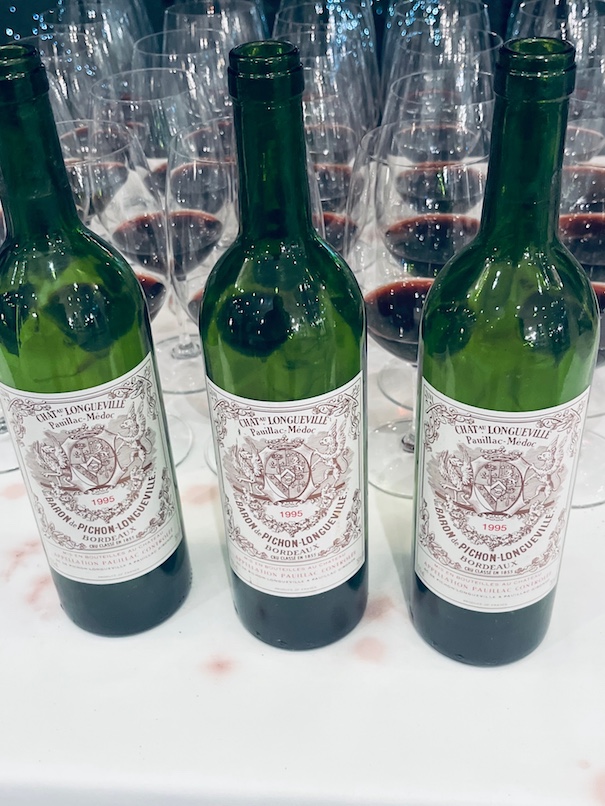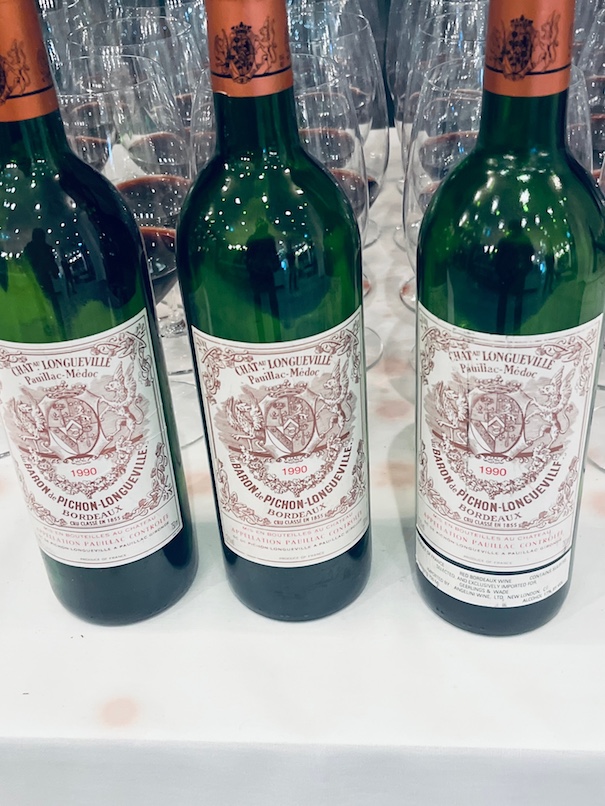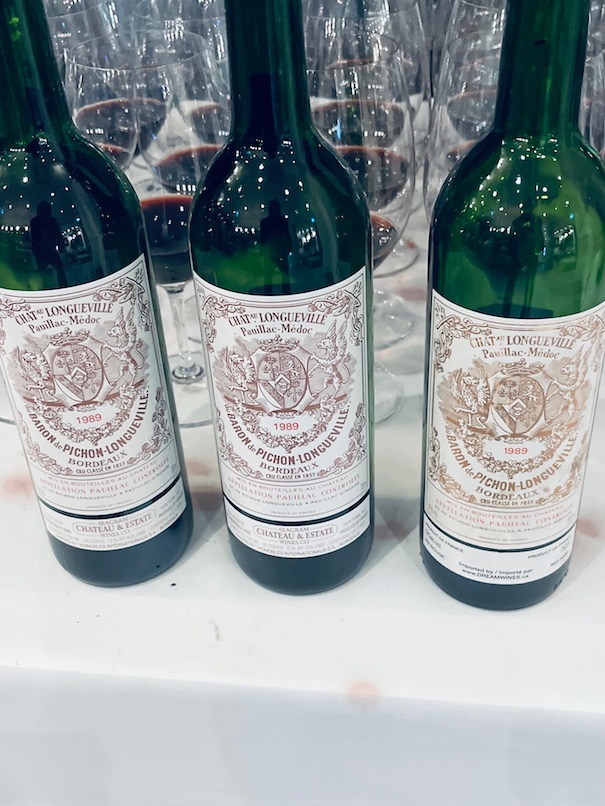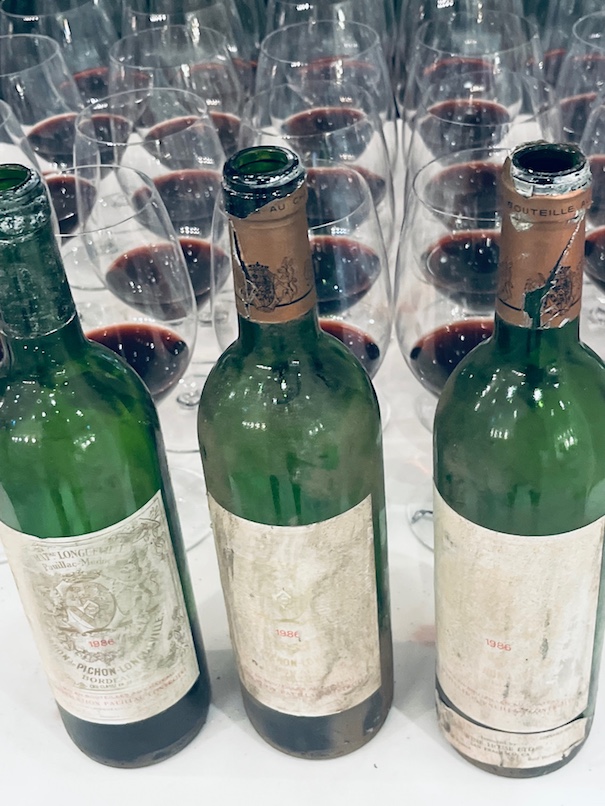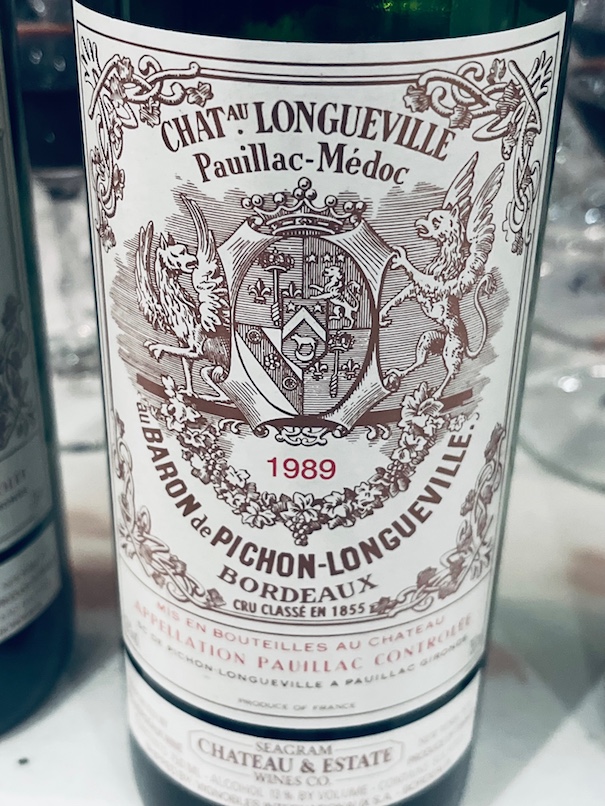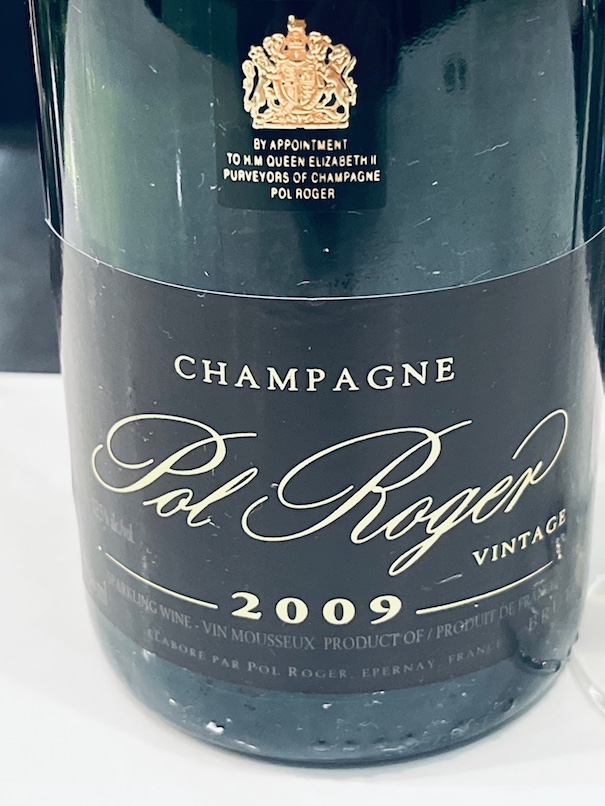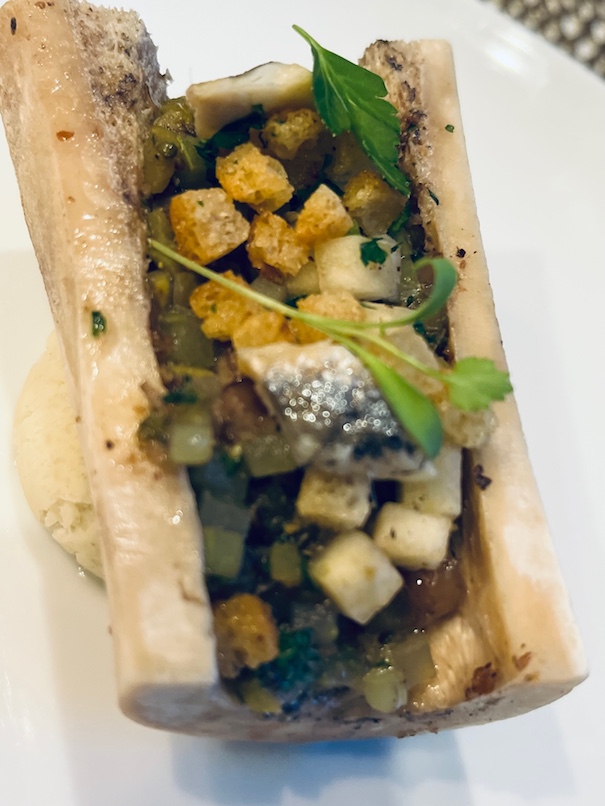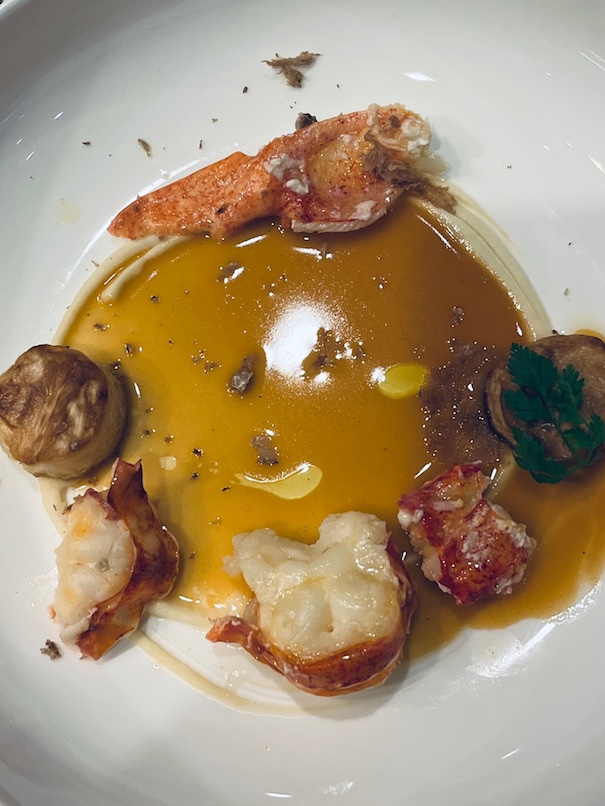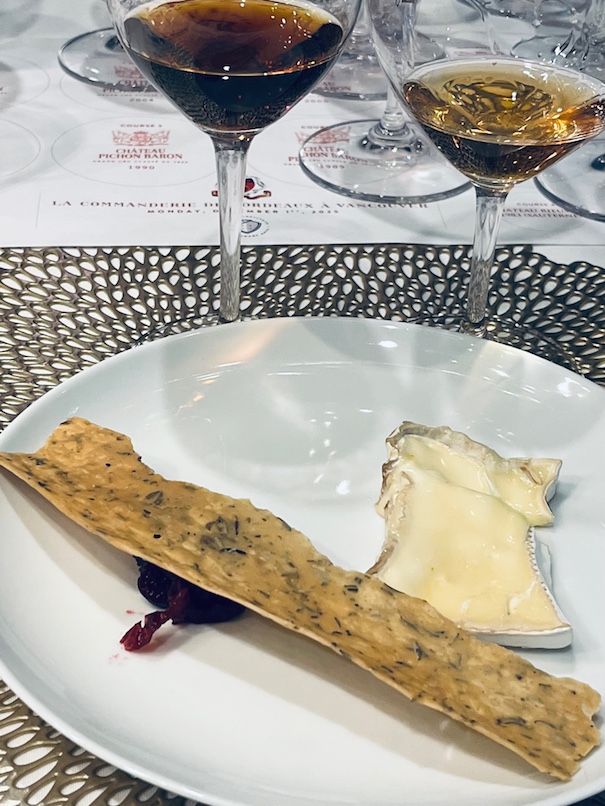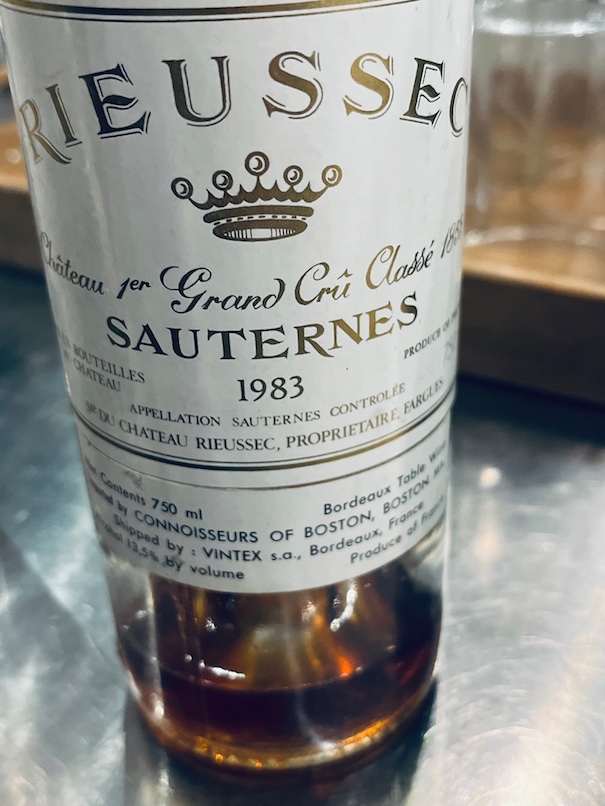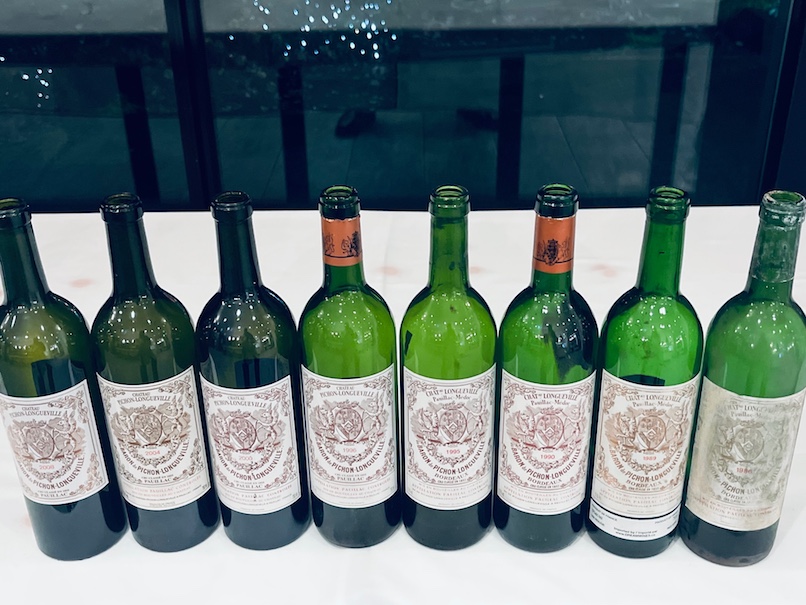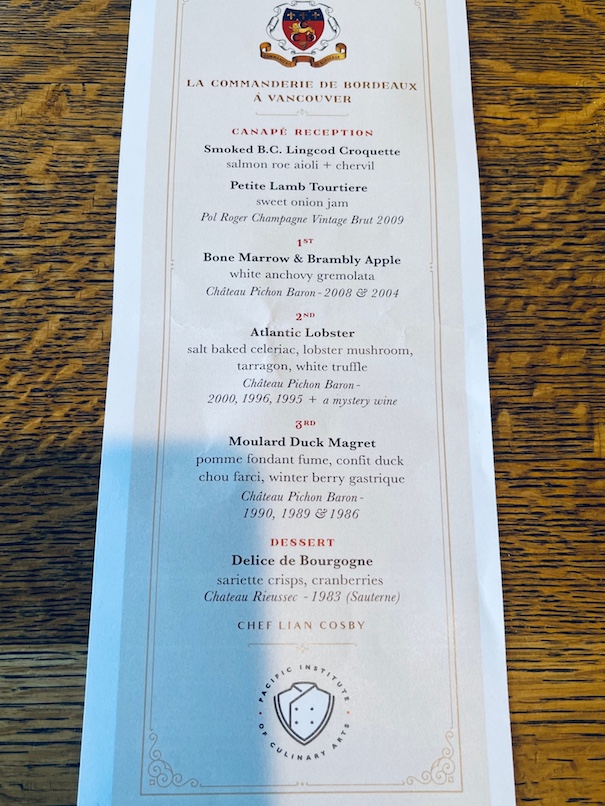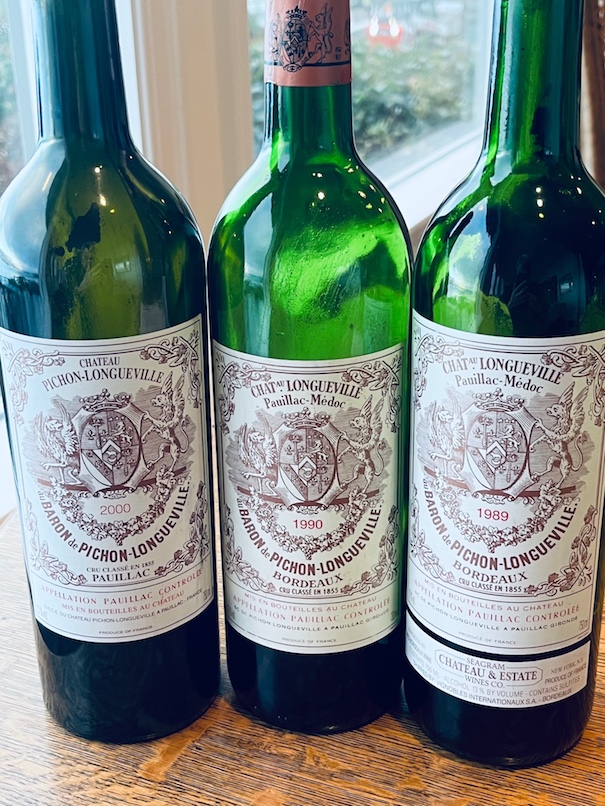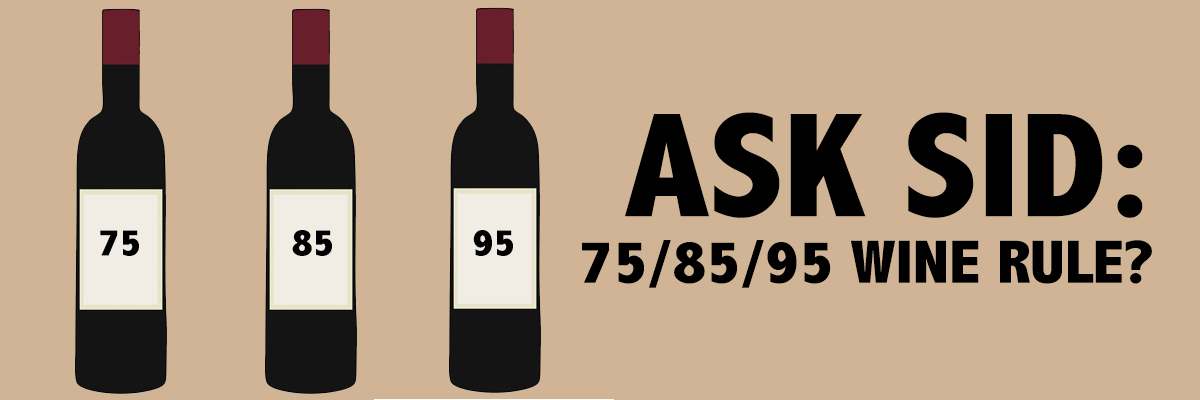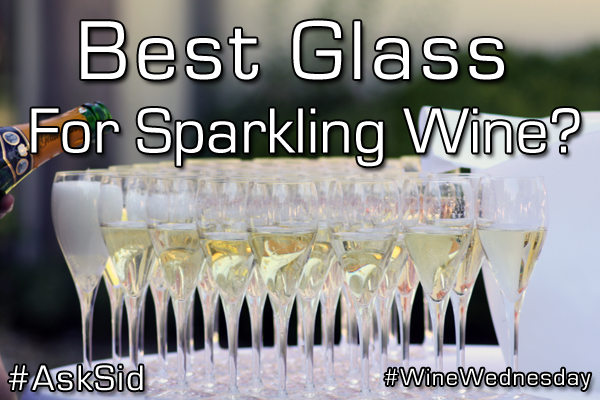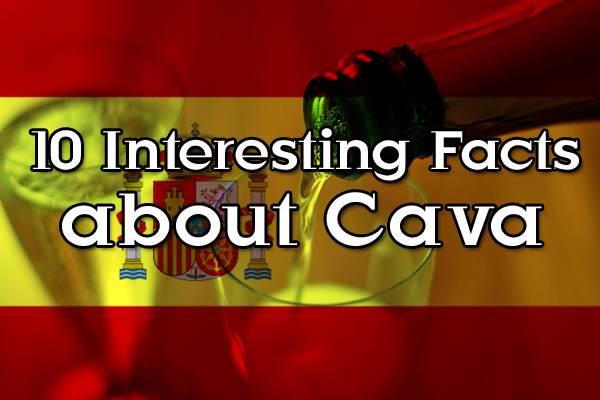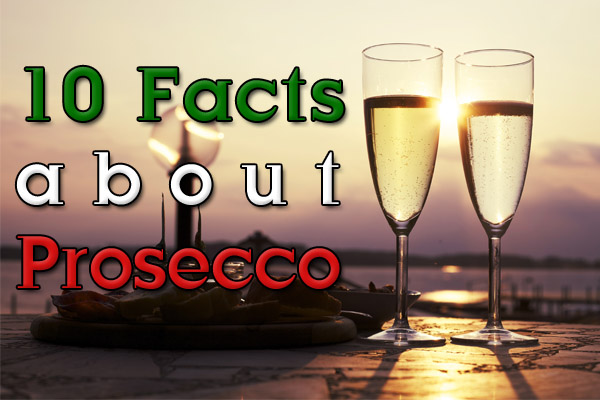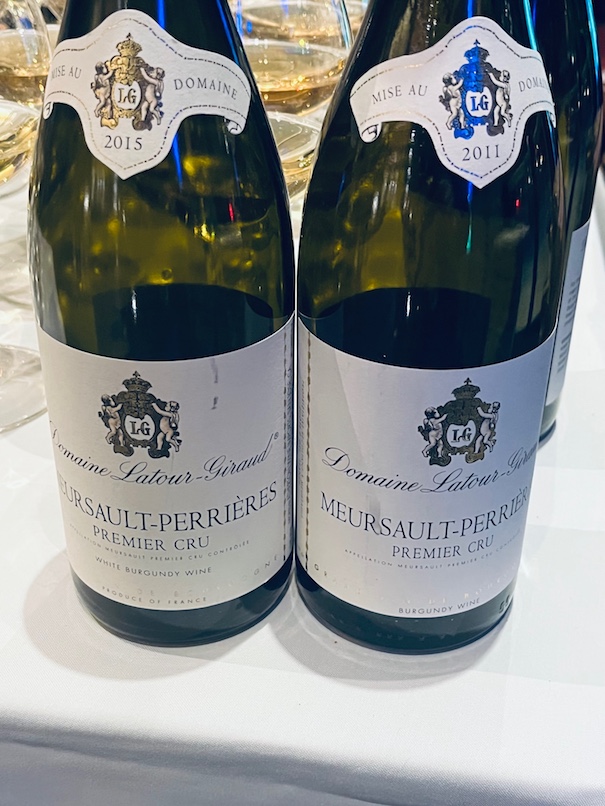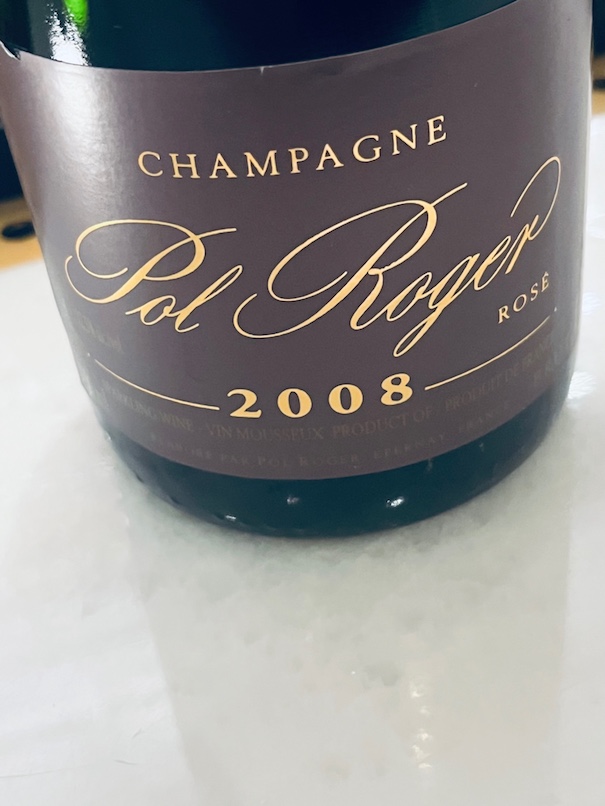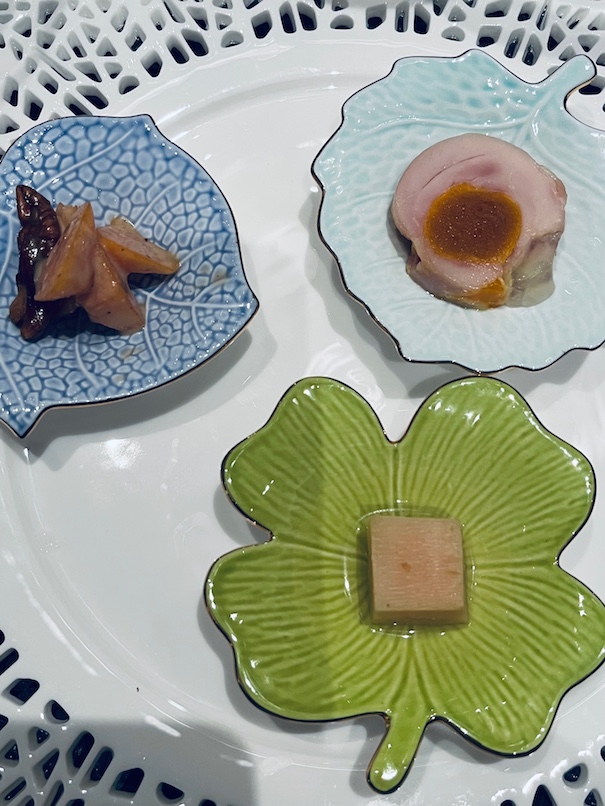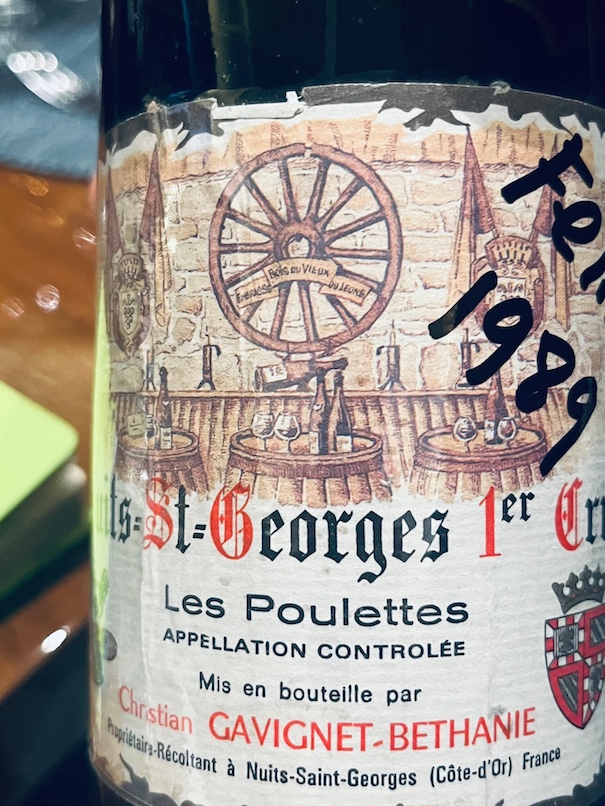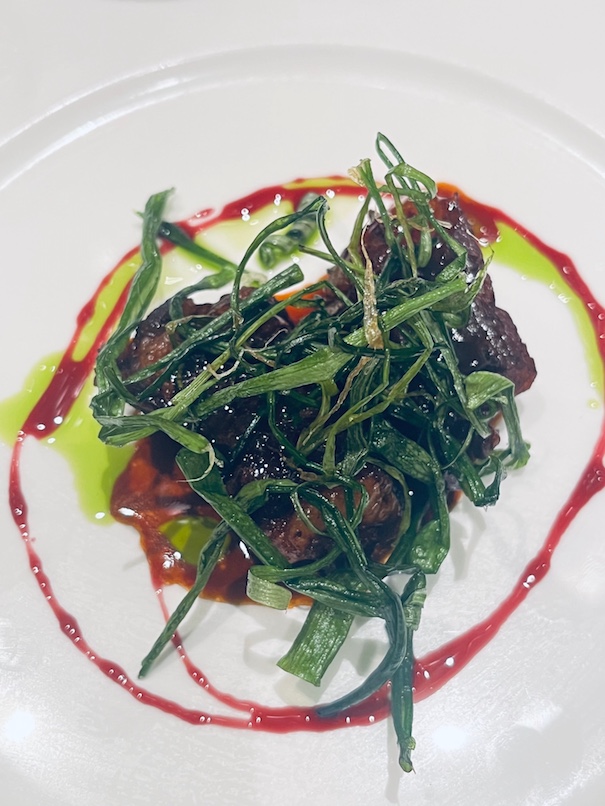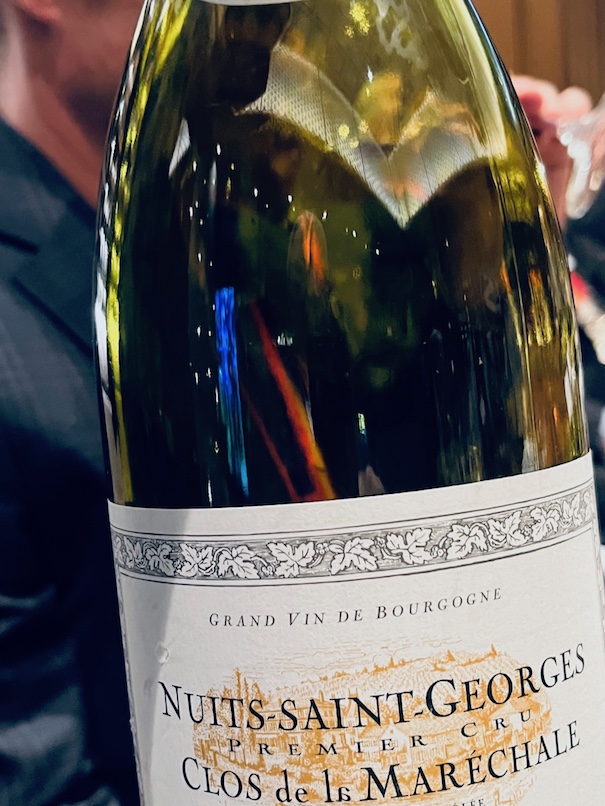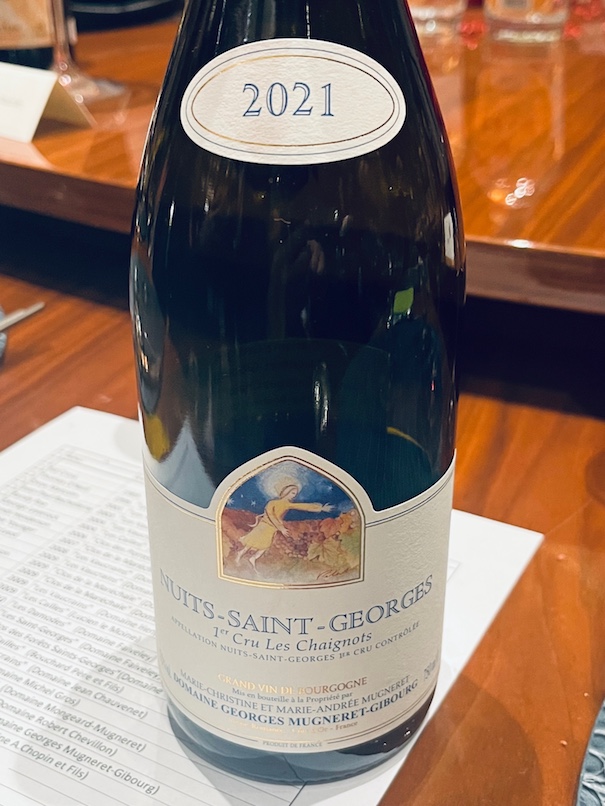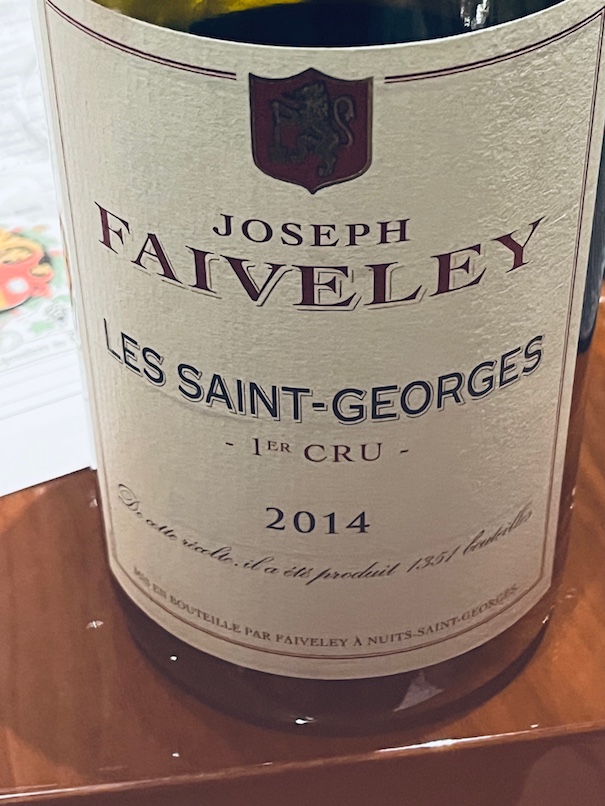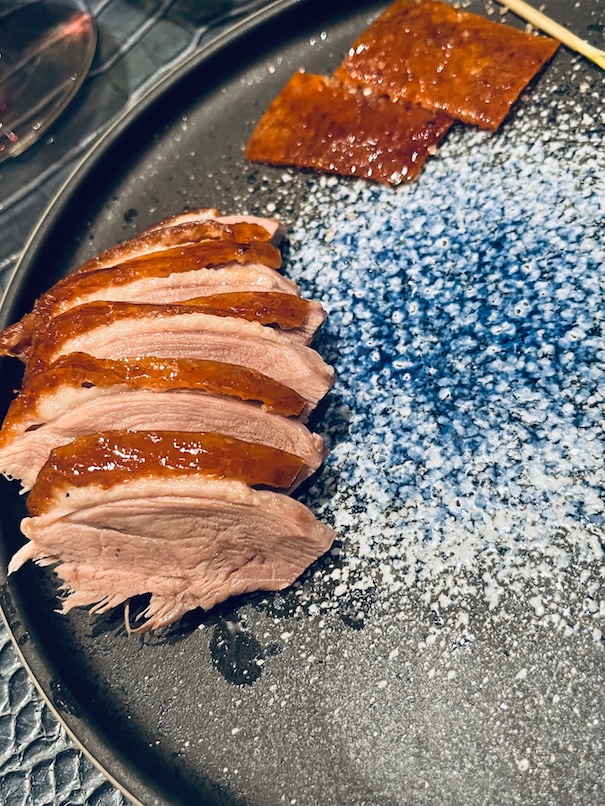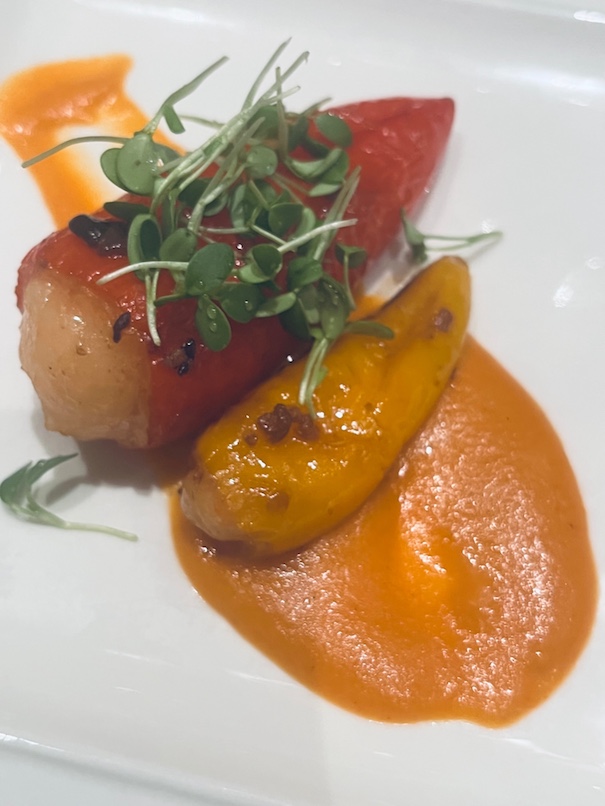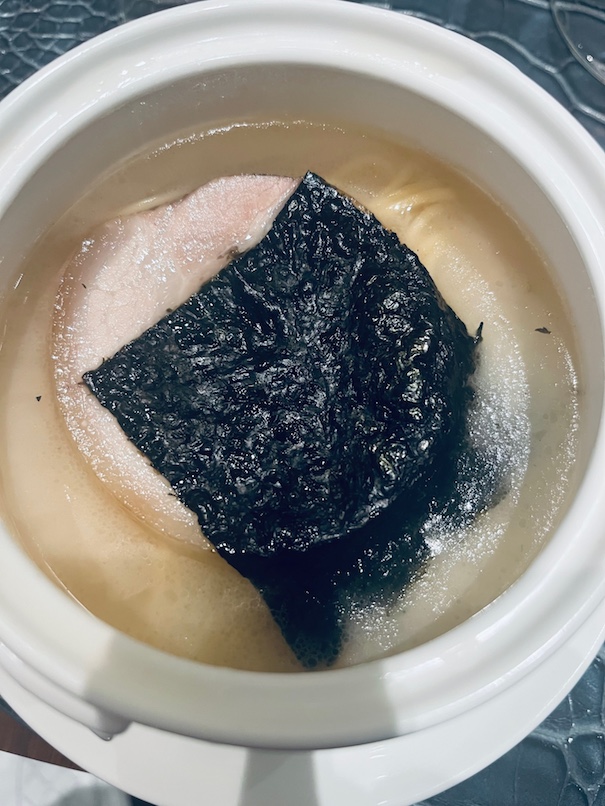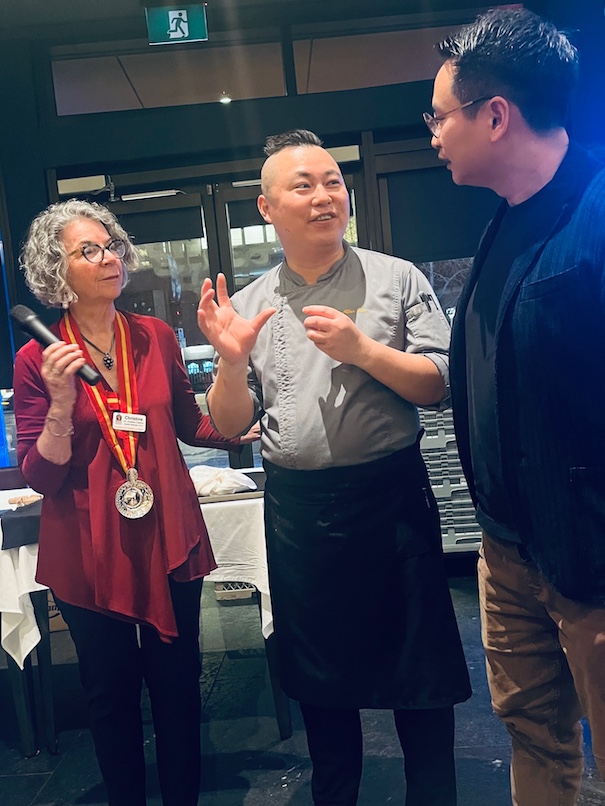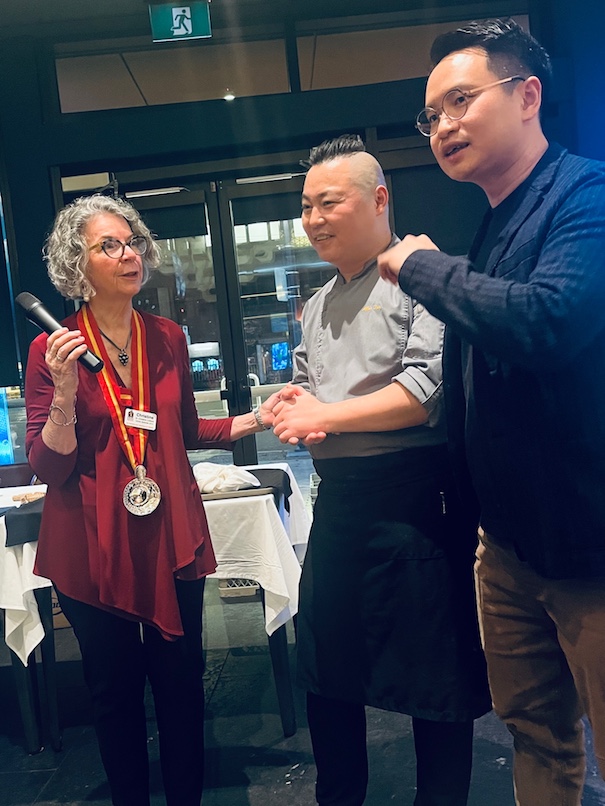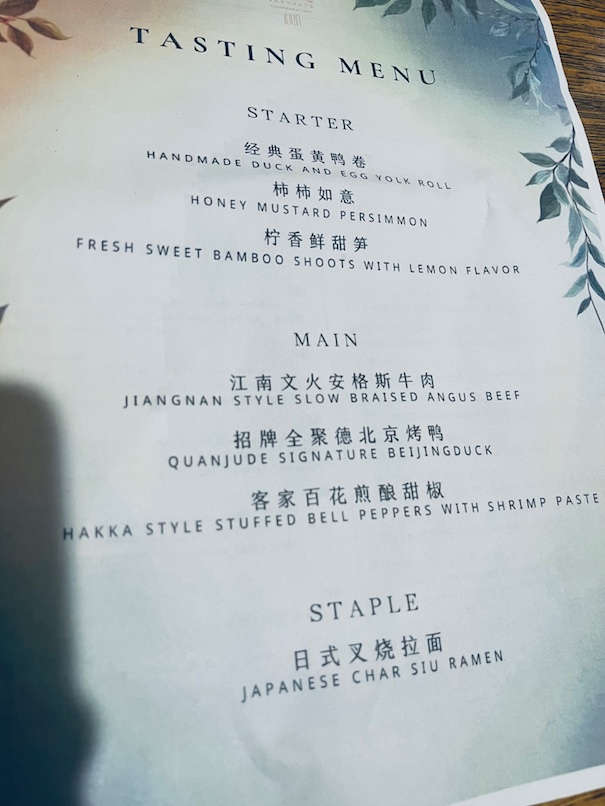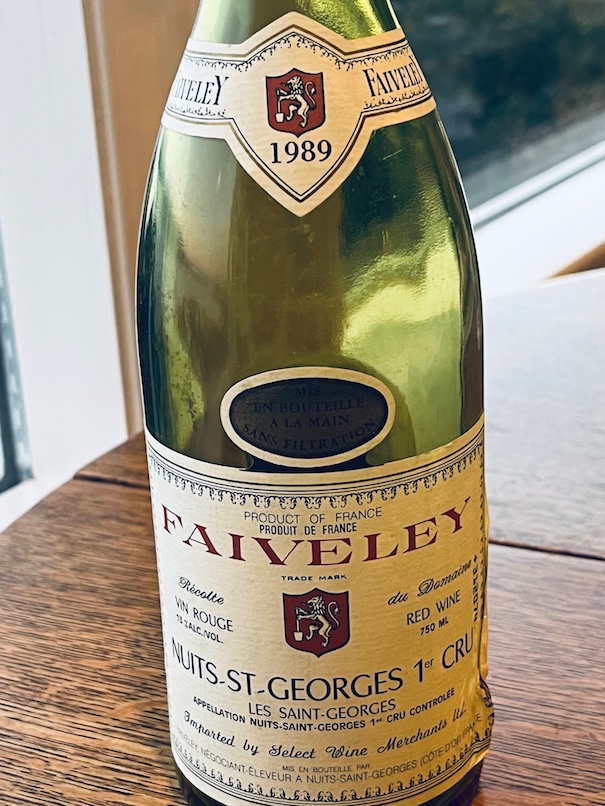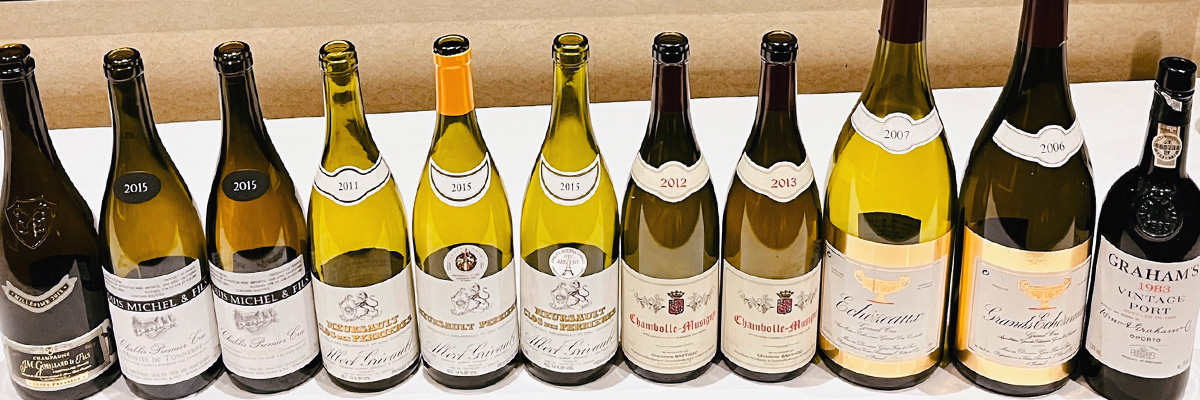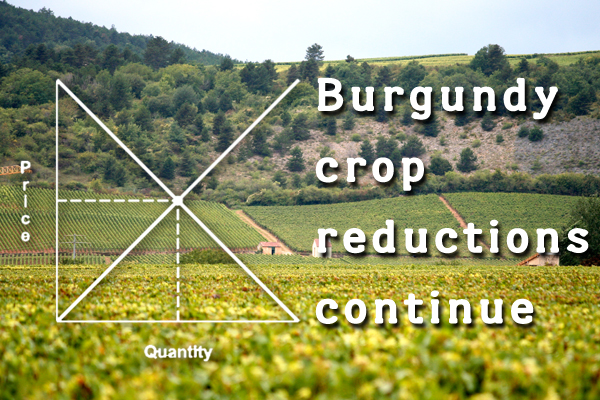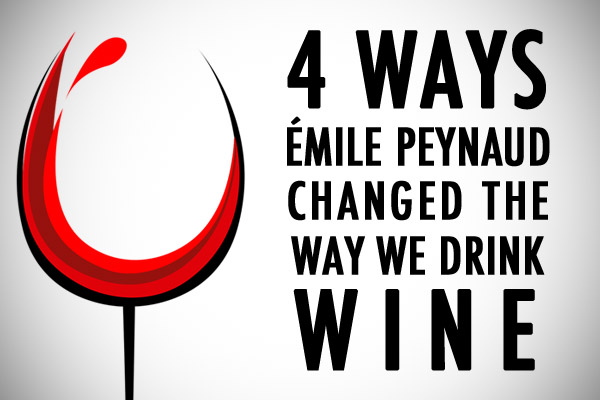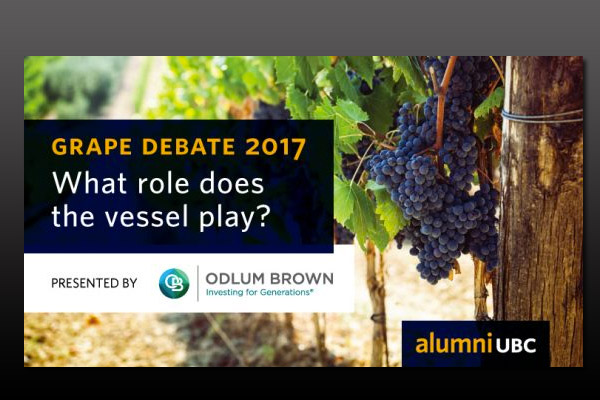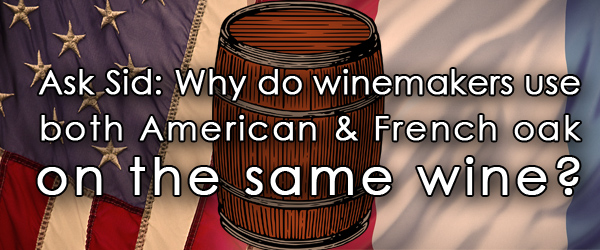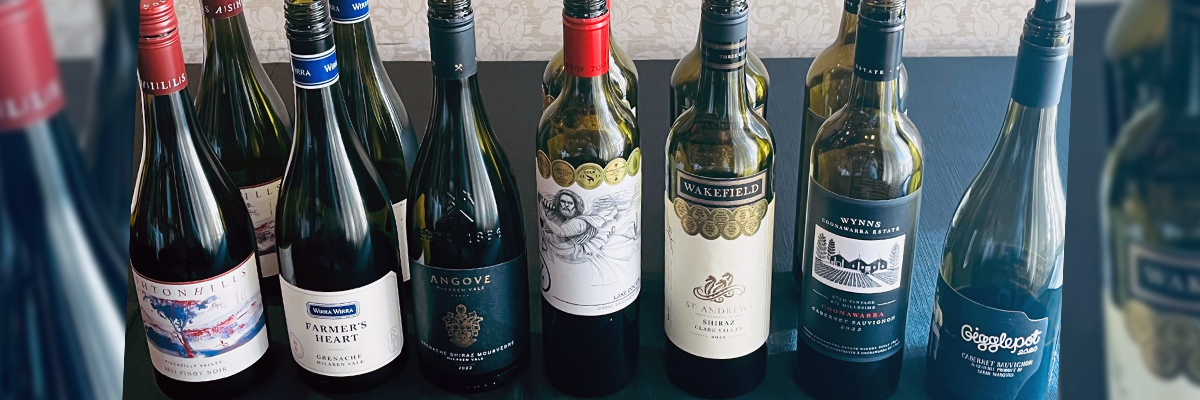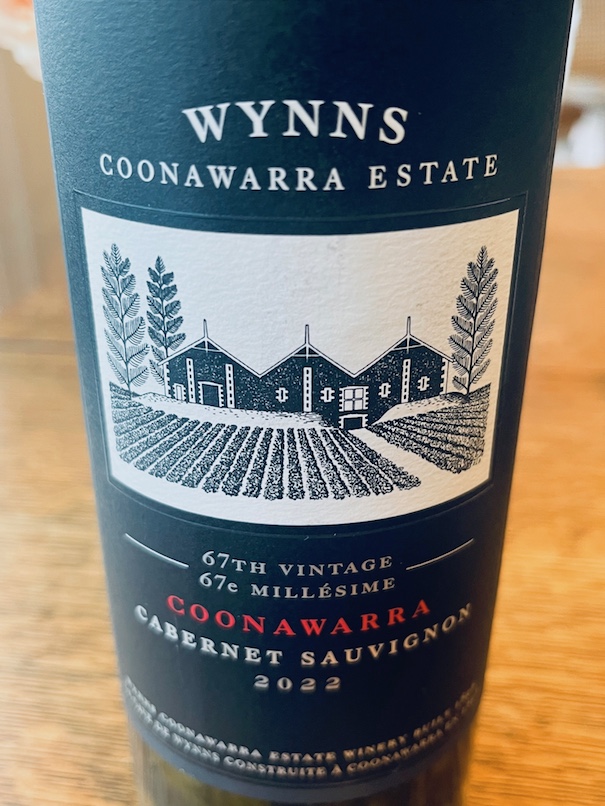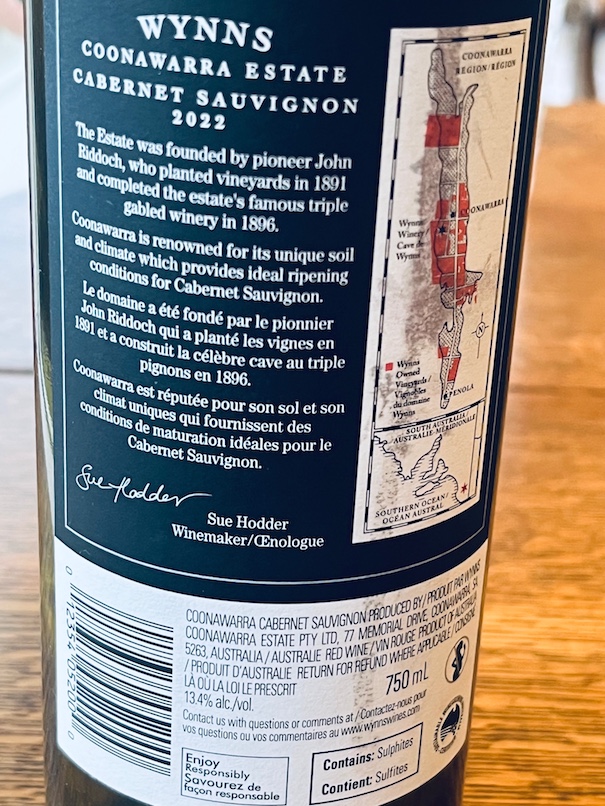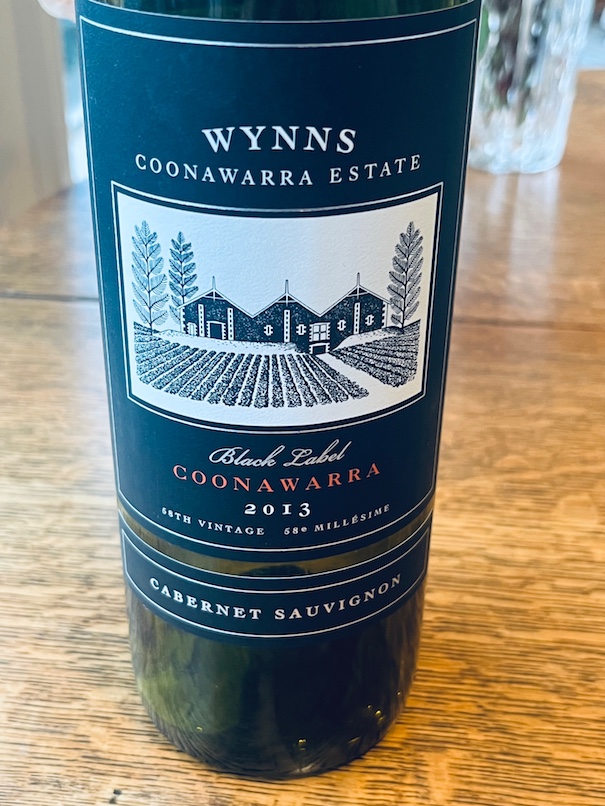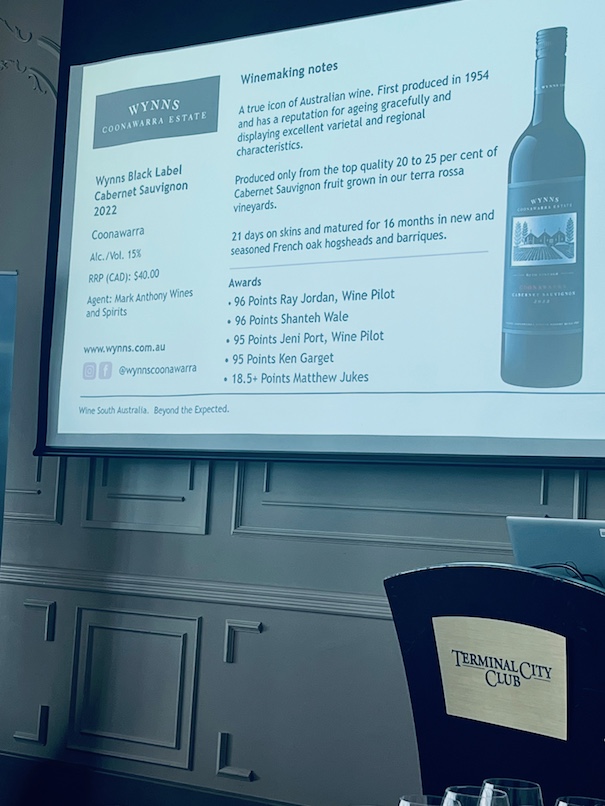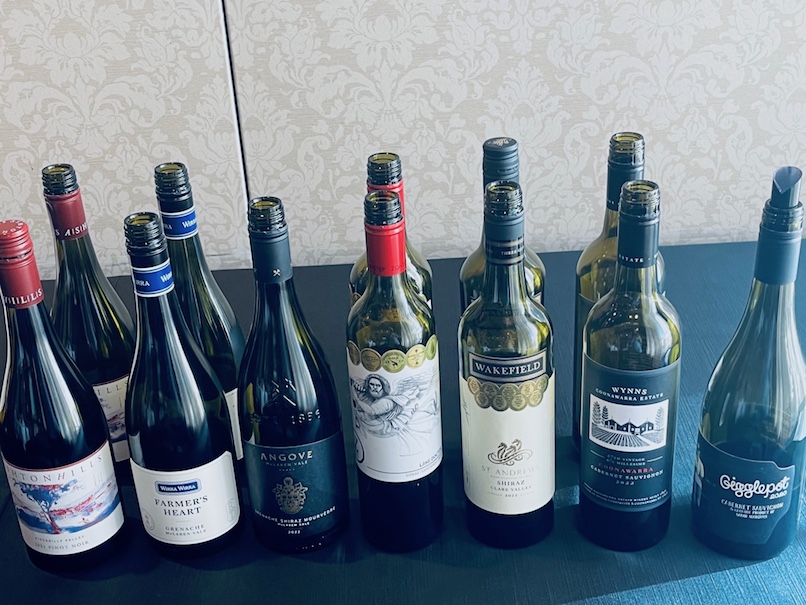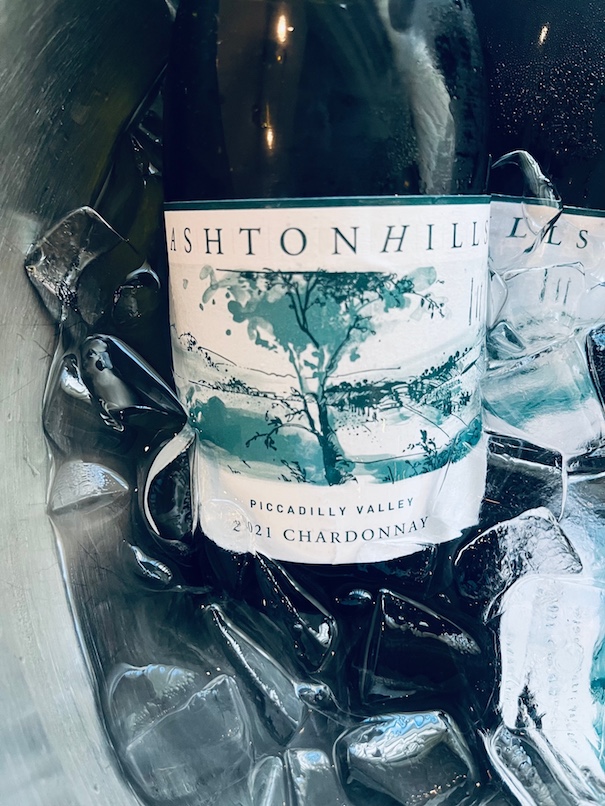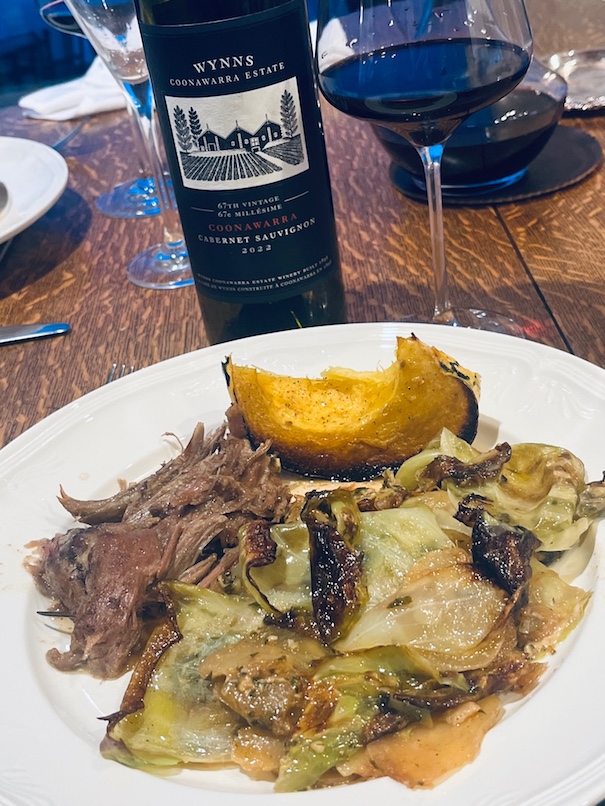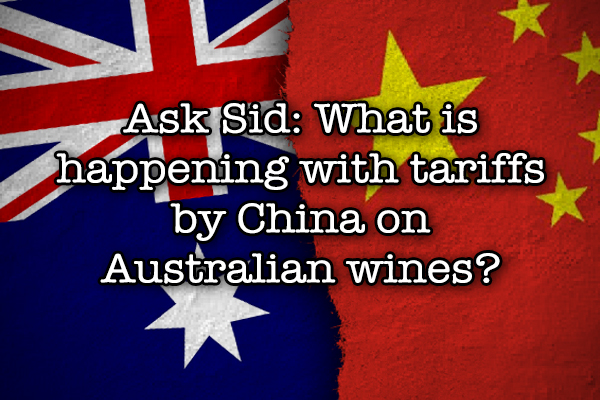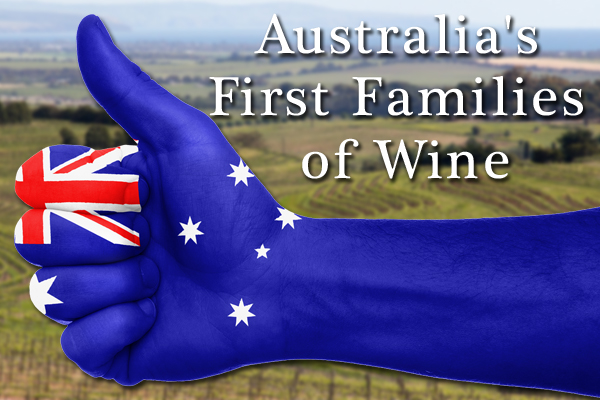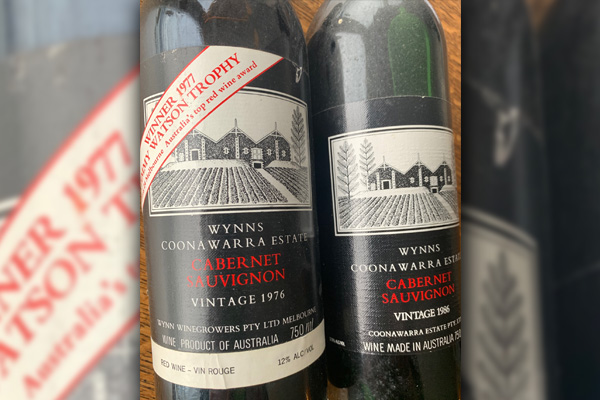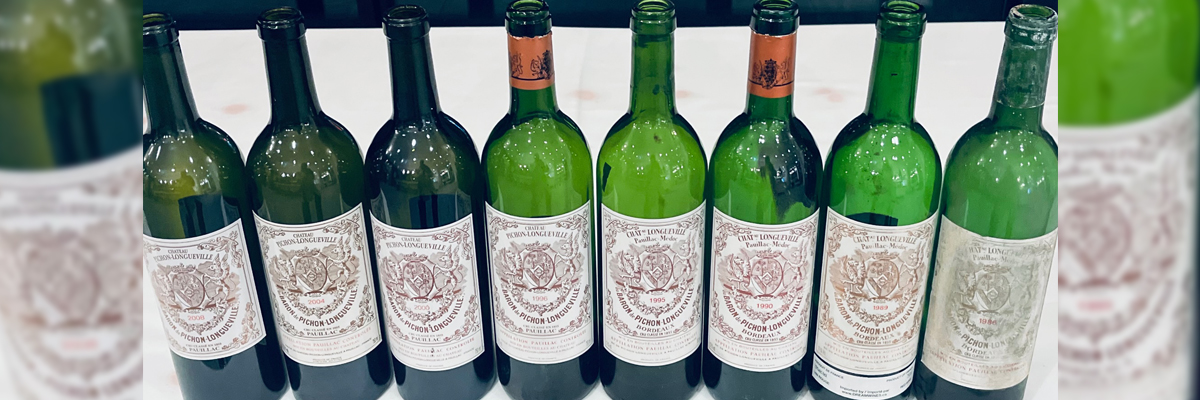
Lucky me with enthusiastic admiration this past year for many tasting opportunities of both Second Growth Pichons (see Comtesse de Lalande references here December 9, 2024) and now a second vertical follow-up of Pichon Baron to the earlier one linked here on April 14, 2025. More recently your scribe has been impressed with the always consistent 2000 Bordeaux vintage comparing two excellent ones of Pichon Baron & Fifth Growth Pontet-Canet plus last week three 1990s where Pichon Baron clearly showed its class holding its own in the tough company of Montrose & Lafite. 2003 drinking superbly now. Last night December 1, 2025 at Pacific Institute of Culinary Arts a special menu orchestrated by talented Chef Lian Cosby and brigade featuring 8 vintages of Pichon Baron. Interestingly 6 vintages were the same as in the April vertical so comparisons were in order. Last time the 1989 vintage was a clear winner followed by 1990 but this time it was a tighter contest with 1989, 1990, 2000, and bottle variable 1986 all receiving voting support. Let’s take a closer look:
We started with the always dependable family house of POL ROGER CHAMPAGNE VINTAGE BRUT 2009 with a rich ripe full flavoured year less structured than 2008 but drinking deliciously at the moment. Wonderful with smoked Lingcod starter hors d’oeuvre. We finished with the usual very dark reddening colour at 40+ years of 1983 CHATEAU RIEUSSEC SAUTERNES showing drier crème brûlée mellowness a delightful treat plus blind another younger golden look that turned out to be 2007 CHATEAU DOISY DAENE BARSAC from Denis Dubourdieu fresh surprisingly full sweet honey peach figgy compote at 14 abv. The main event:
2008 CHÂTEAU BARON DE PICHON-LONGUEVILLE: Darker than 2004 from a forgotten vintage showing the graphite Cab Sauv (on 38 hectares on best gravel plots in the 72 hectare Estate) but also riper spicy Merlot (from the richer clay soils to the West) with 80% new oak in a forwardly rather surprisingly excellent effort for the difficult year. As Christian Seely noted back in 2014 at #VIWF that since 2000 they had better know-how of the vineyards with small details including lower yields and better selection resulting in a more consistent quality of the Grand Vin that certainly shows here. On an easy drinking fresh plateau of enjoyment.
2004 CHÂTEAU BARON DE PICHON-LONGUEVILLE: Shades lighter than 4 years of development from 2008. Better than expected being clean and no ladybug taint issues of 2004. Some minty herbaceous notes with 80% new oak but easier structure with simpler depth for drinking presently. Well done. Paired well with an innovative bone marrow starter.
2000 CHÂTEAU BARON DE PICHON-LONGUEVILLE: This Bordeaux vintage always seems so deliciously friendly. Only medium bodied but vibrant, elegant and satisfying. Lovely but softer being more approachable than many bigger longer aging 2000s like powerful Pauillac Chateau Lynch Bages. Should hold at this top level for a while. Unique matching with an outstanding lobster white truffle presentation so very tasty.
1996 CHÂTEAU BARON DE PICHON-LONGUEVILLE: Both 1996 and 1995 showing almost identical to the notes in the April Blog posting. Lots of Cab Sauv (80%) but as Christian Seely mentioned earlier the first phase of AXA from 1987 to 2000 they had less know-how and were producing at higher yields. This is an example of that with 385,000 bottles compared to half of that later on at 180,000. Overcropped and not the best 1996 Pauillac compared to superstar 1996 Pichon Comtesse de Lalande. Still this 1996 can be enjoyed currently or wait to soften further.
1995 CHÂTEAU BARON DE PICHON-LONGUEVILLE: Darker than 1996 using smaller grapes (and less Cab Sauv) from this vintage with more ratio of skin and intense juice. Merlot is less ripe but spicy and evolving rather nicely. OK to open now and enjoy with dinner.
2000 CHÂTEAU GRAND-PUY-LACOSTE: Mystery wine served blind. Deep dark and youngish look. Exquisite classy Pauillac bouquet seems younger and riper than a 95/96. Admirable structure here with pure cedar cassis flavours. Shows well and is quite a bit darker in colour than 2000 Pichon Baron.
1990 CHÂTEAU BARON DE PICHON-LONGUEVILLE: Blend of 73/27 Cab Sauv/Merlot with lots of red colour left at 35. HIgh yields of 67 hectolitres per hectare but still “a great year with a fresh style” showing brilliantly. Lots of group support again for this as deserving Wine of the Night. Delicious but no rush. Heightened level was tasted with an excellent course of duck magret.
1989 CHÂTEAU BARON DE PICHON-LONGUEVILLE: Similar blend with 65% new oak this was a Wine Spectator Wine of the Year deservedly so. Again the fav tonight of your scribe but not as fine a bottle as in the April vertical. Yet admire the wonderful intense complex pure fruit showing the best Pauillac definition. A treasure for sure.
1986 CHÂTEAU BARON DE PICHON-LONGUEVILLE: Corked last time and bottle variable this time. Can be expected with such old wines at 40 years of age. Ranged from dark rich extract fullness but a bit coarse musty to favoured cleaner powerful evolving statements. Certainly many 1986 Left Bank reds are starting to come together very nicely indeed. Some classics like Mouton.
You might also like:
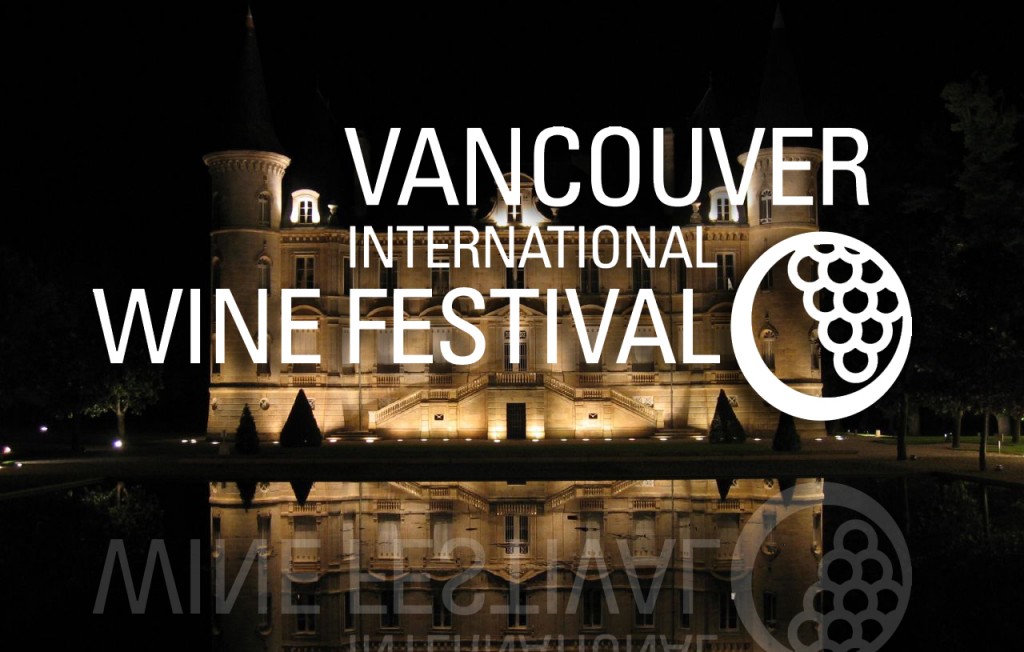 |
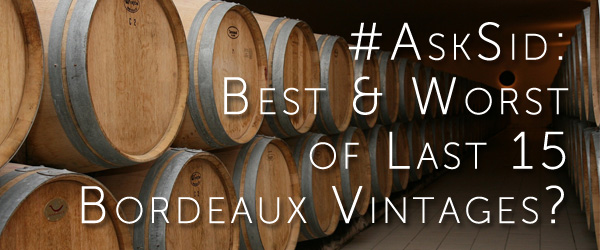 |
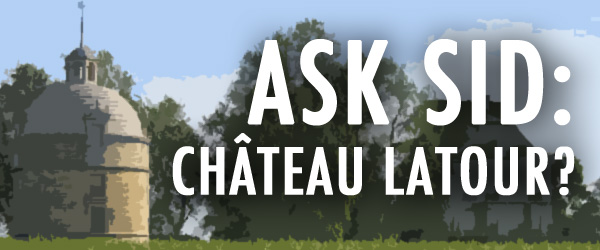 |
